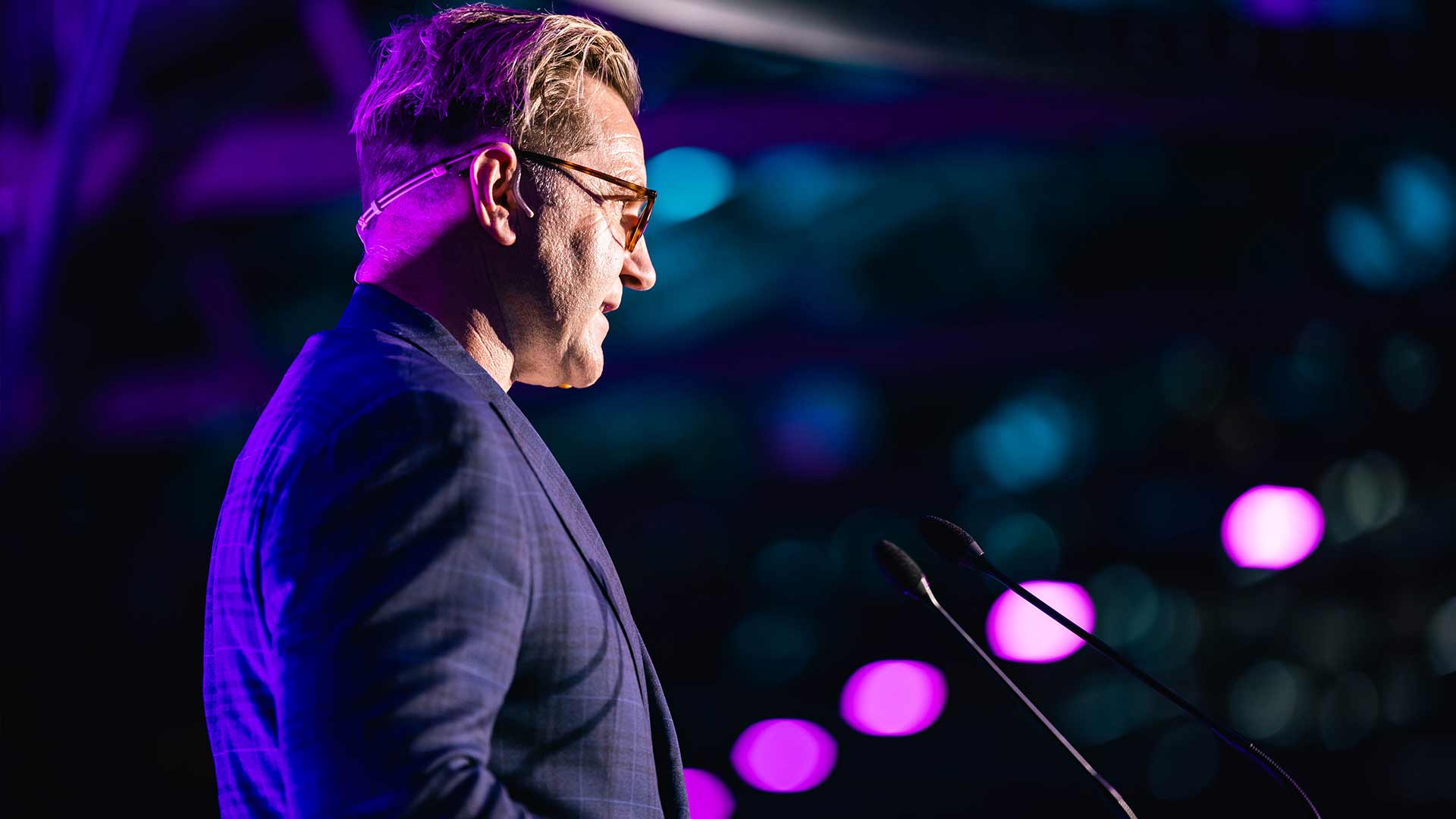How AI Is Impacting The Health & Safety Future
Bede Cammock-Elliott, founder of seeo.ai and seedigital Limited, used his keynote to showcase how AI is revolutionising risk management, real-time monitoring, and training in various sectors.
Cammock-Elliott, whose company protects $5.5 billion worth of assets across New Zealand, emphasised AI’s role in predictive analytics. “AI’s ability to analyse vast amounts of data allows us to identify patterns and trends that are invisible to the human eye,” he stated. This capability is particularly beneficial in high-risk industries like construction, where AI can predict potential hazards by analysing historical data on accidents and near-misses. “We’re not just reacting to incidents anymore; we’re preventing them,” he added.
The keynote also highlighted the importance of real-time monitoring powered by AI. Cammock-Elliott illustrated this with examples from manufacturing, where AI systems monitor machinery to detect anomalies. “When AI senses something amiss, it can prompt maintenance before a minor issue becomes a major accident,” he explained. This proactive approach extends to wearable devices for workers, which monitor health metrics and alert supervisors to potential health risks. “It’s about ensuring safety before it’s compromised,” Cammock-Elliott remarked.
To drive home the importance of advanced H&S measures, Cammock-Elliott shared a range of videos showcasing workers in highly dangerous situations. The footage included instances of workers racing forklifts and sweepers, getting caught between a wall and a forklift load, and stepping into the path of reversing trucks. These videos highlighted the critical need for AI-driven monitoring and predictive analytics to prevent such risky behaviours and incidents. “These real-world examples show the urgent need for smarter safety solutions,” he commented.
AI’s impact on training and compliance was another focal point of the discussion. Leveraging virtual reality (VR) and augmented reality (AR), AI can create immersive training environments. “Imagine training in a simulated hazardous scenario without any actual risk,” Cammock-Elliott suggested. This method enhances learning outcomes and ensures that workers are well-prepared for real-life situations. Additionally, AI helps in analysing compliance data to identify gaps and deliver targeted training, keeping workers updated with the latest safety protocols.
Cammock-Elliott, known for his work on the ethical application of AI, stressed the importance of transparency and fairness in AI systems. “We must ensure AI is unbiased, respects privacy, and is transparent in its operations,” he advocated. The ethical deployment of AI is crucial to maintaining trust and ensuring that technological advancements benefit all stakeholders.
The keynote also shed light on the significant strides AI is making in enhancing work environments. By harnessing AI’s predictive capabilities, real-time monitoring, and advanced training tools, industries can create safer work environments and mitigate risks more effectively. As Cammock-Elliott concluded, “The future of health and safety is not just about reacting to incidents but proactively preventing them, and AI is at the heart of this transformation.”


